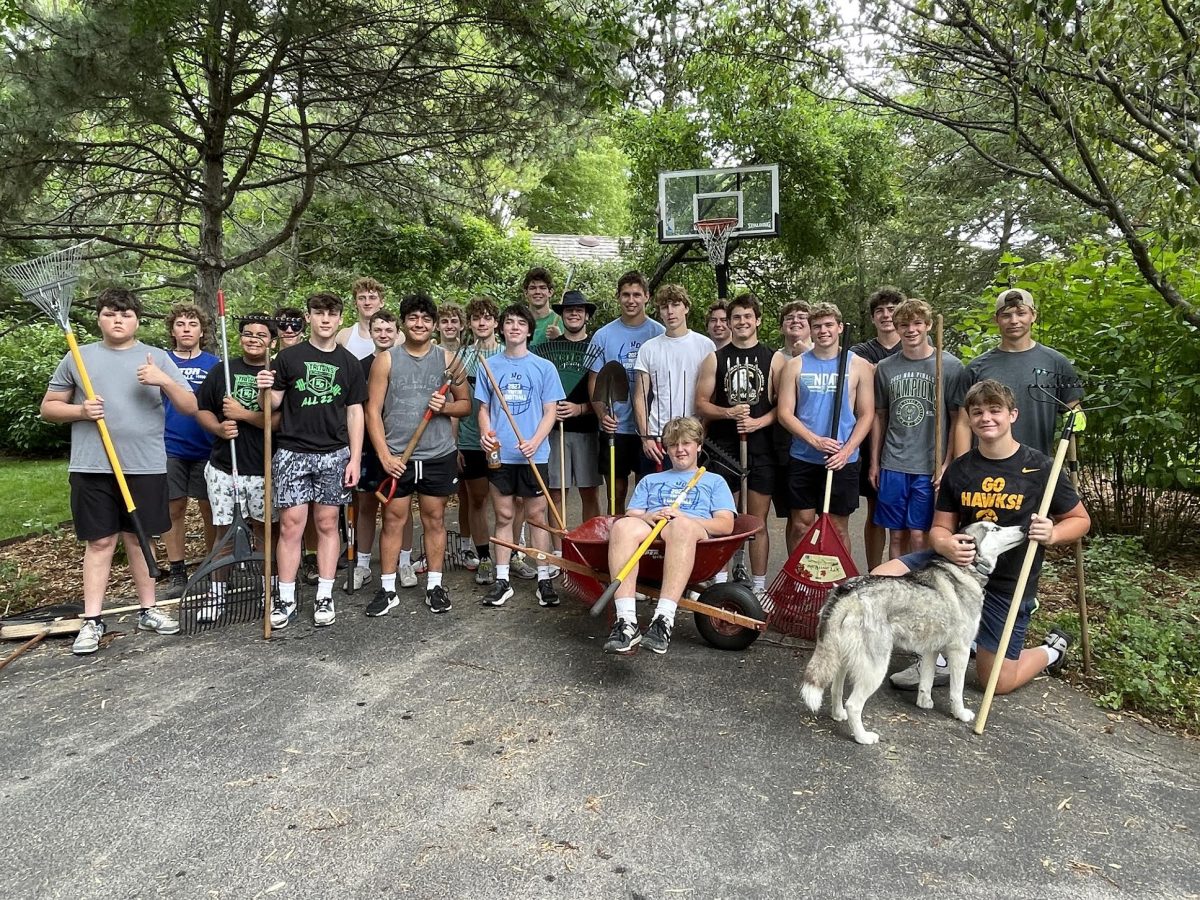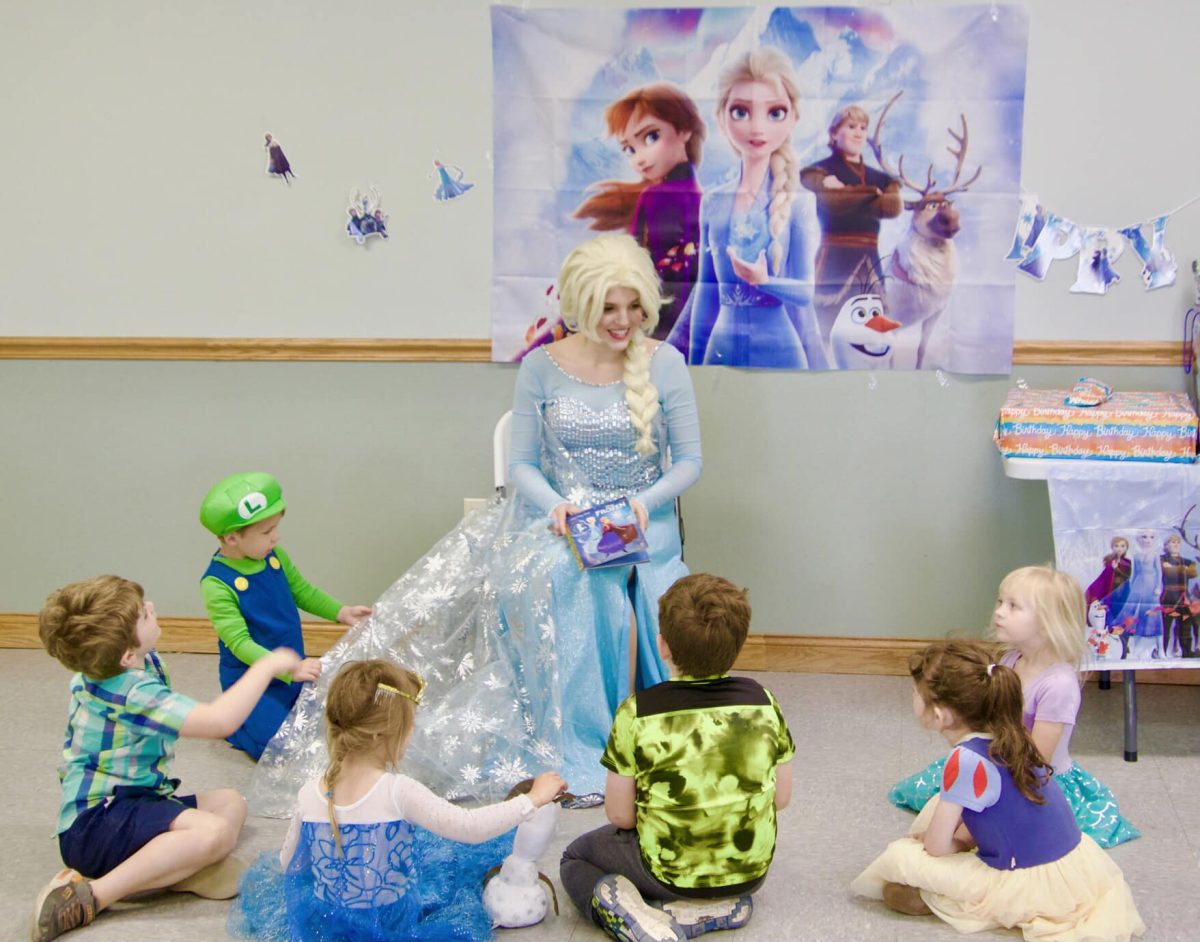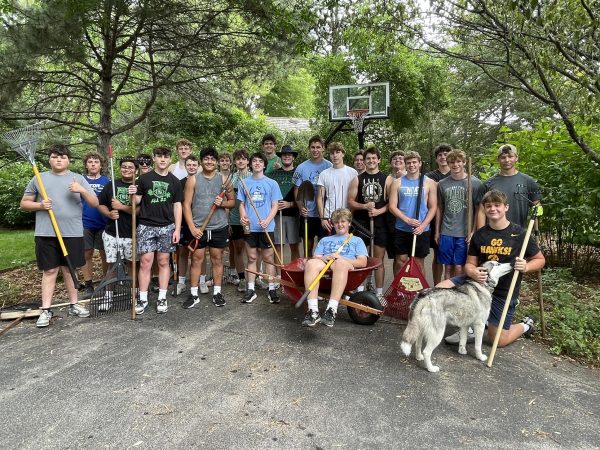Cold Water Challenge: Is it worth it?
May 22, 2014
For the last few weeks, many students at Notre Dame Academy may have noticed their Facebook newsfeed filled with videos of friends and relatives plunging into freezing waters. As crazy as it may seem, the popular event has now helped thousands of charities all across the the country.
The new trend is known as the “Cold Water Challenge,” and several NDA students have already nervously taken part in it.
“The water wasn’t as bad as I thought it was going to be,” said NDA senior Katherine Nixon. “It did, however, take a lot to jump. The worst part was actually the place where we jumped: my friend’s pond that you’re not supposed to swim in. The bottom was all slimy and disgusting!”
The rules of the challenge are simple. If people are “nominated,” they must bring along a friend and a camera to some source of cold water. Common locations have included ponds, pools, and bathtubs filled with ice water.
After the friend hits the record button, participants must announce who they are, choose three other people to “nominate,” and remind their nominees that they only have 24 hours to complete the challenge. Participants, who are usually screaming at this point, then must completely submerge themselves in the freezing water.
All seems fairly simple, unless the nominee refuses to participate or is unable to accomplish the challenge within 24 hours. If this happens, the checkbooks come out, and losers must donate $100 to a charity of their choice under their challenger’s name.
Like many others, Nixon agrees that the challenge has been a great way to help organizations that make differences in our communities. In fact, she already had a charity picked out had she not jumped.
“The challenge is great if people actually follow the rules. If people don’t donate, then there’s no fun in helping out,” Nixon said. “I personally would have donated to St. Baldricks or Make-a-Wish because my brother had cancer and the two organizations meant a lot to him.”
Although not confirmed, most participants have credited the challenge starting in Hazle Township, Pennsylvania, at the Eagle Rock Resort. According to multiple online sources, the challenge began sometime in the middle of April.
According to the sources, the resort opened their lakefront despite the near-freezing temperatures, and allowed for guests to take an early-morning plunge if they agreed to donate money to the Team Sanfilippo Foundation and to jump in honor of Brayden and Ryan Kapes. The two young brothers, six and nine respectively, were both born with Sanfilippo, a metabolism disorder, and only have a life expectancy of about eleven years.
Soon after, guests began filming the jumps and encouraging friends and family to do the same. Videos began popping up all over Facebook and Youtube. According to TamquaArea.com, the news site for Township, by April 28th there was a video of the challenge being posted every five minutes.
Yet the challenge hasn’t come with its own risks. It has already claimed the life of Davis Colley, 16, a Minnesota teen who jumped into his local lake and never surfaced. The case is now under investigation.
Even local teens have been injured by participating in the challenge. Recently, Kaylay Jacob, 16, of Fond-du-Lac jumped into Lake Winnebago and landed on a pile of zebra mussels. The shells tore her knee muscles, ruptured her meniscus, and cost Jacob her softball season.
All these recent events have made medical professionals keen on disencouraging the challenge. However some doctors, such as Aurora BayCare Medical Center ICU Dr. Raul Mendoza, encourage people to have fun as long as they’re being safe about the challenge.
“The activity is great if the people are very careful about being safe,” said Mendoza. “The number one risk, besides injury, is cold water shock, where the body shuts down from sudden cold exposure. To be safe, it is very important to know the depth of the water you are jumping into. Make sure it’s deep enough to not land on any rocks, but shallow enough so it’s easy for a rescue if necessary. Always bring along somebody to help you just in case.”
In addition to many of the hazards posed when participating in the challenge, many believe the challenge has become more of dare than an actual benefit to charity.
According to local news sources, the amount of money now being donated to charities because of the challenge has dramatically declined. This worries school officials, who believe that the challenge is now being viewed as a form of bullying, popularity ranking, and a way to make fun of friends.
Students like freshman Maggie Shelley couldn’t agree more.
“The event, even here at NDA, has gotten out of hand,” said Shelley. “On Facebook, I see people only nominating others as a joke and to have fun. I’ve even seen students at NDA nominate students who may not be “as popular,” and make fun of them the next day for not doing the challenge properly. It’s becoming really sad.”
Even though Shelley was a nominee, she refused to participate in the challenge claiming she would rather study for finals, and also she said she does not want to do something that has lost its meaning as a means of helping.
“It’s if as though the challenge hadn’t even begun in the first place,” said Shelley. “If people want to help charities, they should donate money themselves.”







































